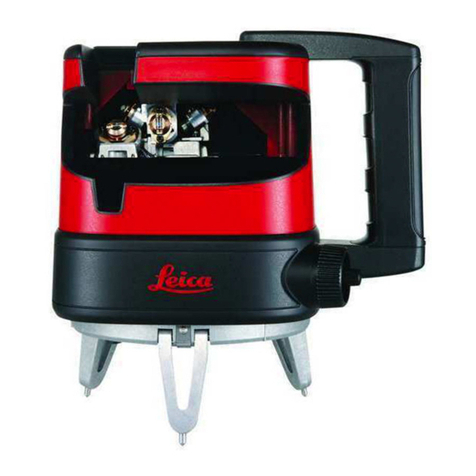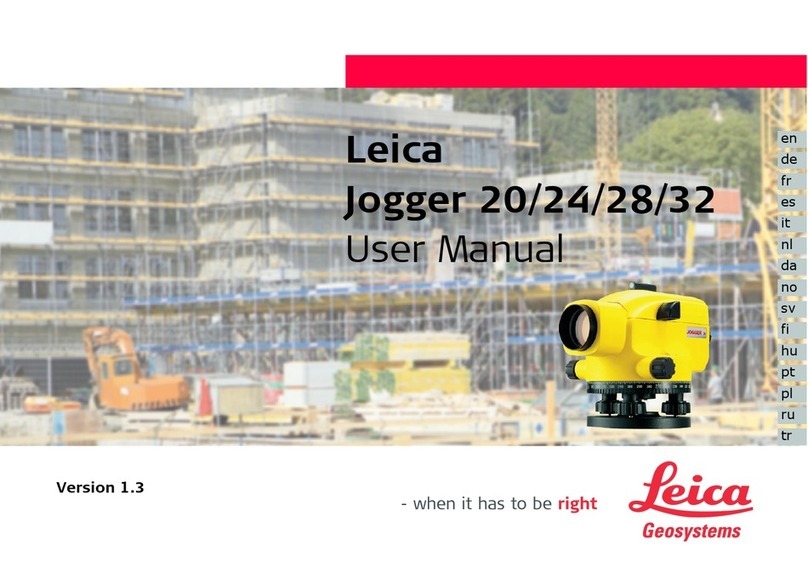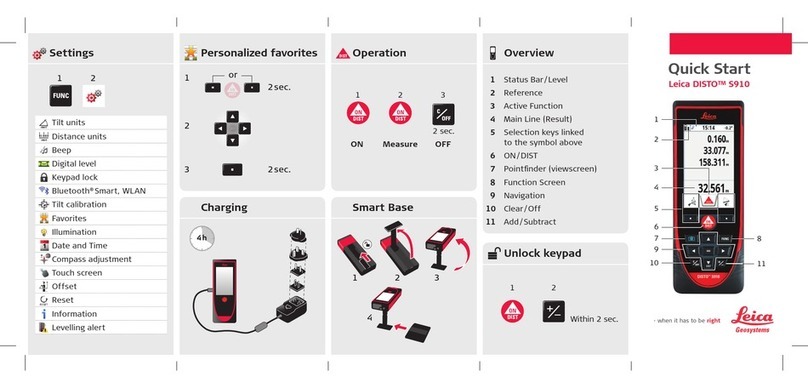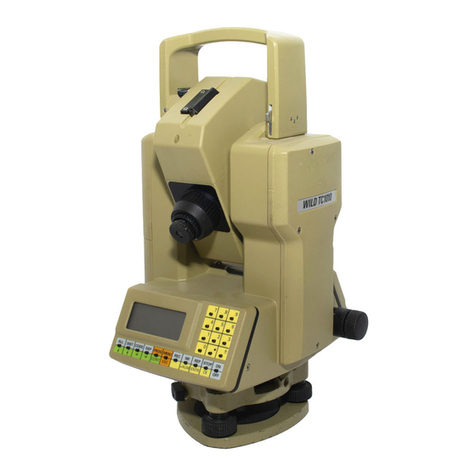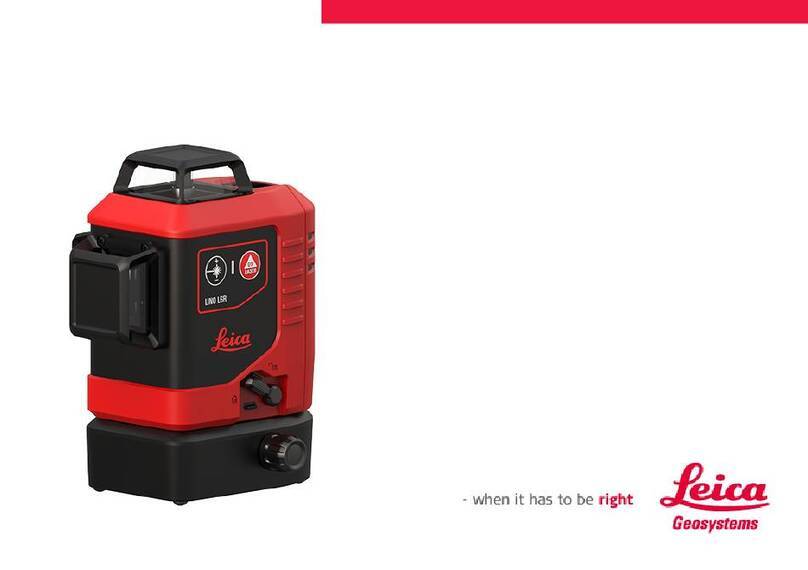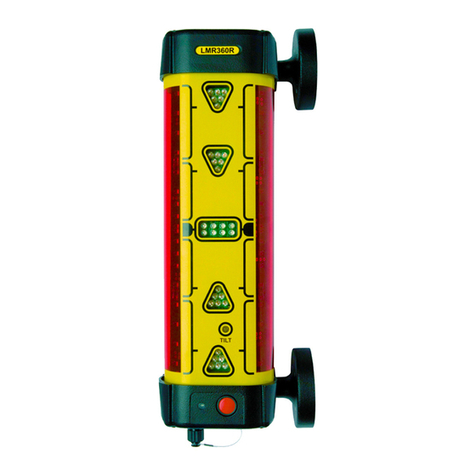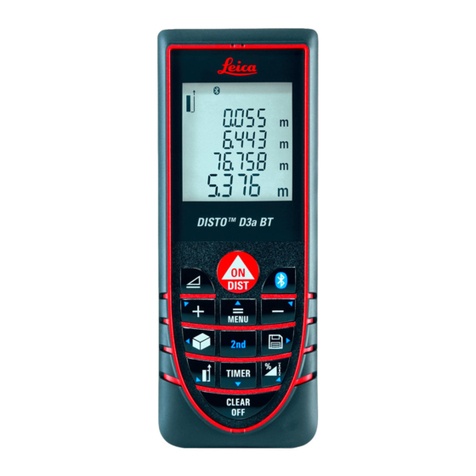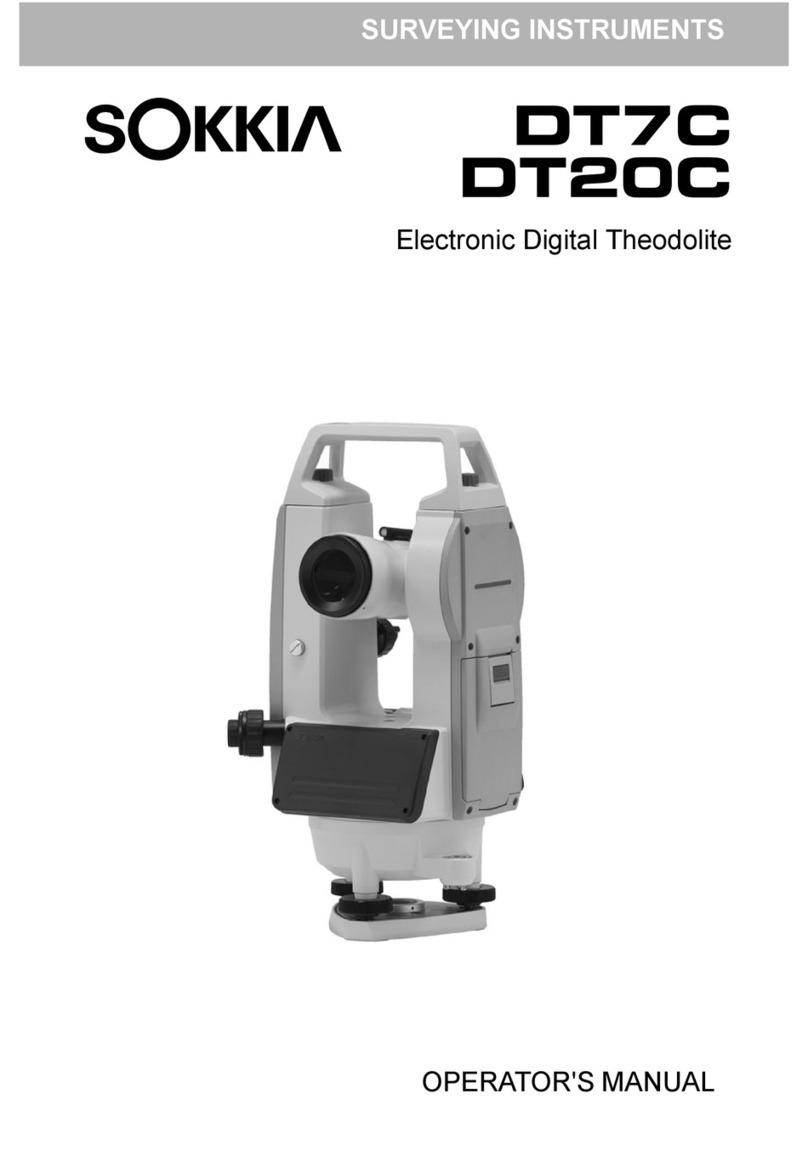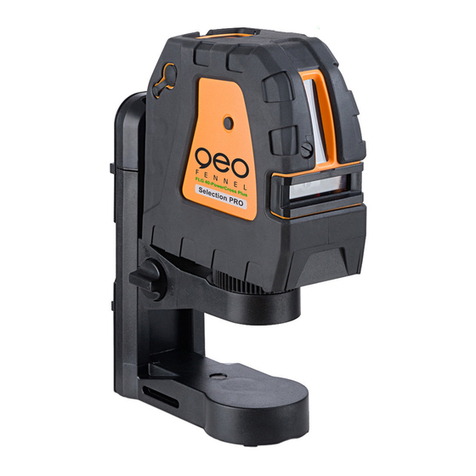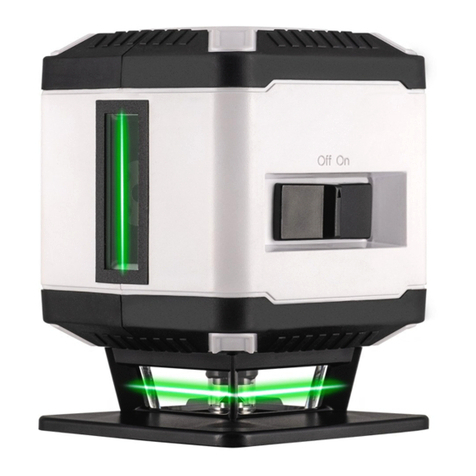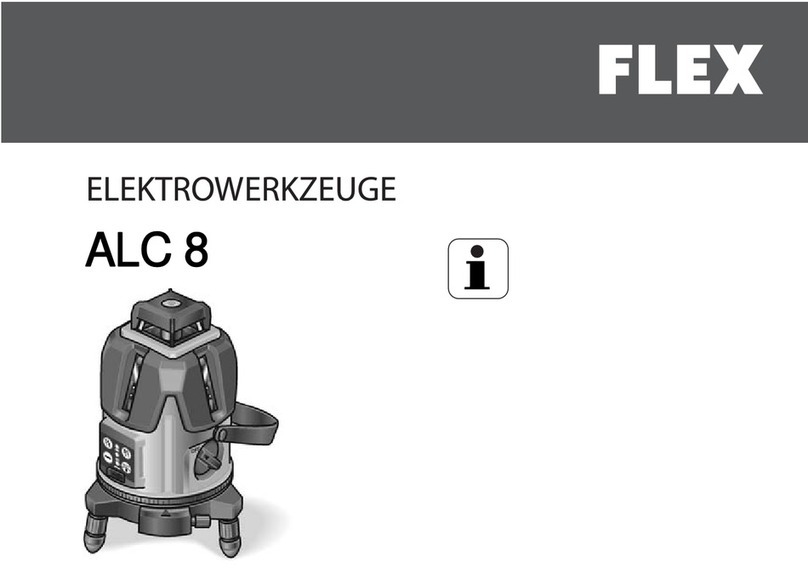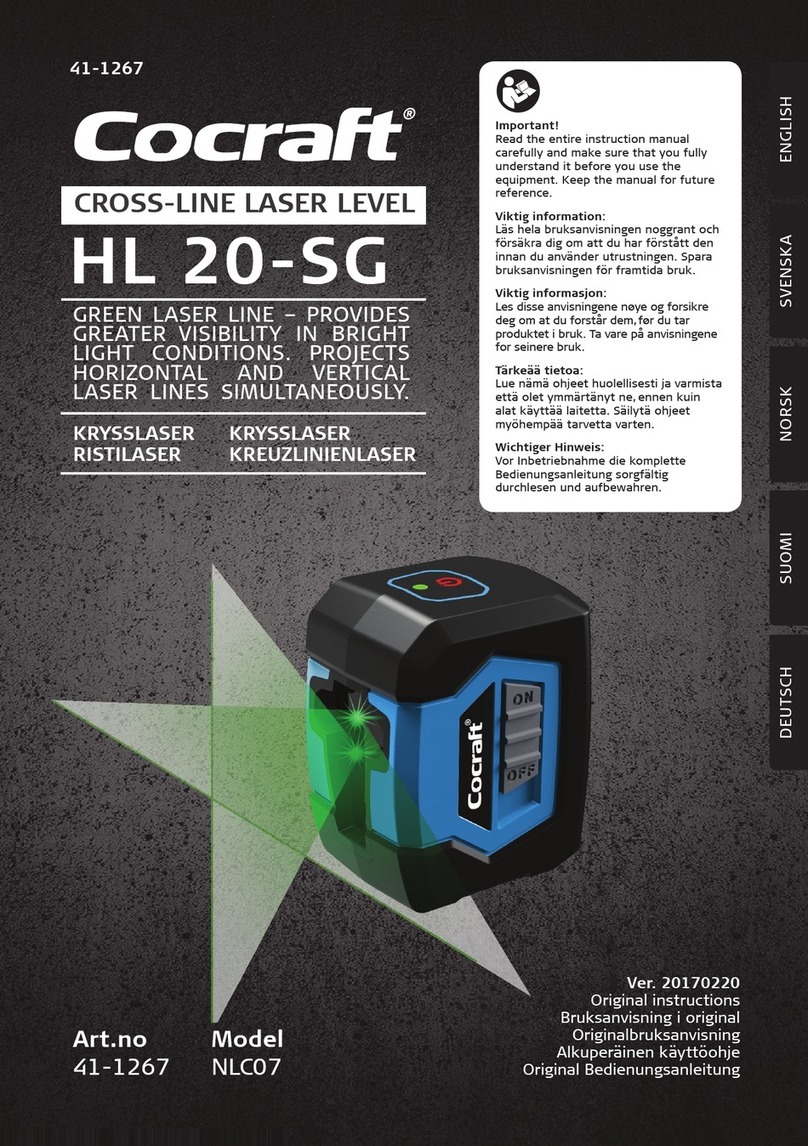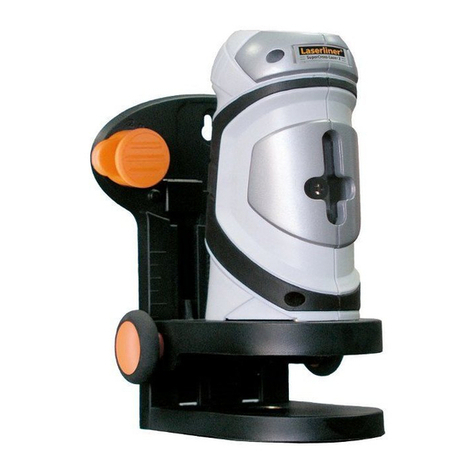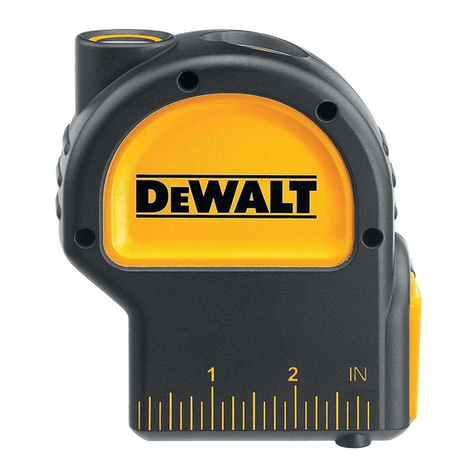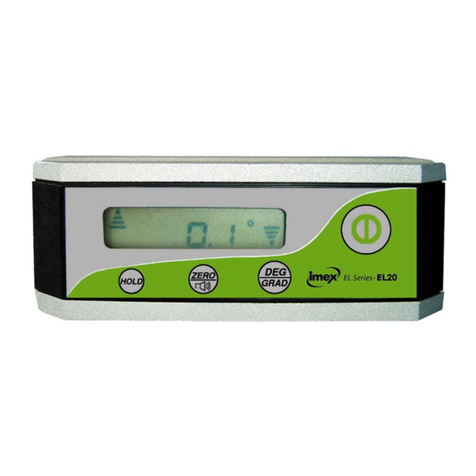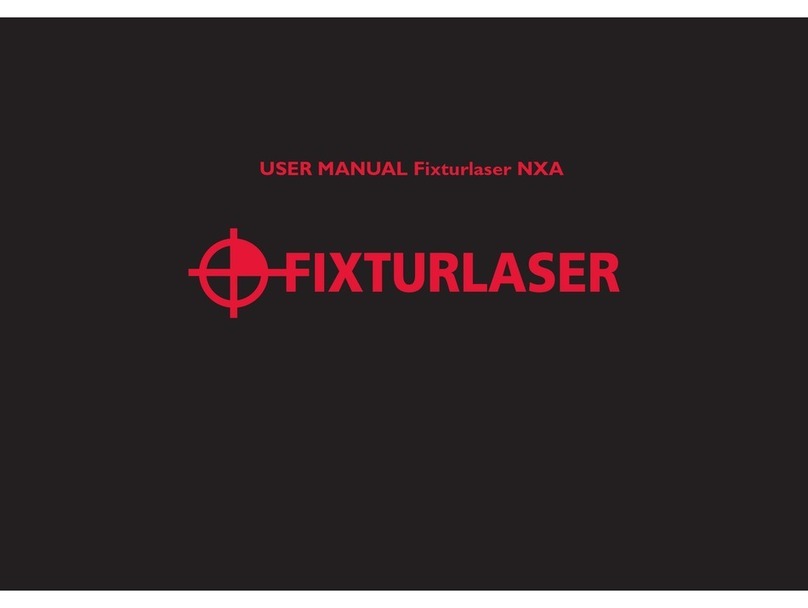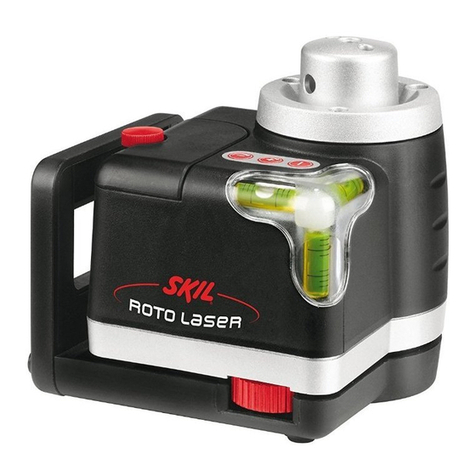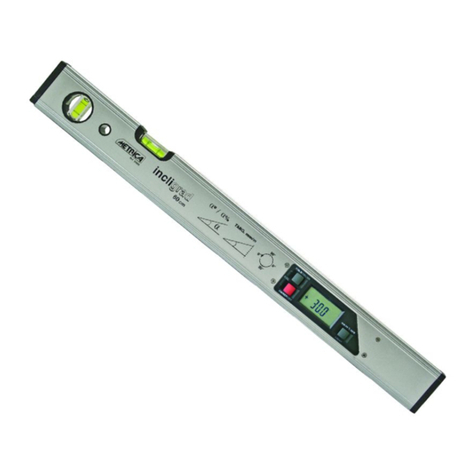NA720/NA724/NA728/NA730-1.0.1en 6
Contents
Introduction ................................................7
Special features .......................................... 7
Important parts ........................................... 8
Technical terms and abbreviations ............ 9
Measurement preparation ......................10
Unpacking ................................................. 10
Setting up the tripod ..................................11
Levelling up............................................... 12
Focusing telescope .................................. 13
Centring .................................................... 13
Selection of angle reading........................ 14
Measuring .................................................15
Height reading .......................................... 15
Distance measuring .................................. 16
Angle measuring ....................................... 16
Line levelling ............................................. 17
Area levelling ............................................ 18
Levelling total station measuring ............. 19
Levelled stakeout ...................................... 19
Checking and adjusting ..........................20
Tripod ........................................................ 20
Circular level ............................................. 20
Checking and adjusting of the line-of-sight 21
Care and Storage .....................................22
Transport................................................... 22
In the field ................................................ 22
Inside vehicle ........................................... 23
Shipping ................................................... 23
Storage ..................................................... 23
Cleaning .................................................... 24
Safety Directions .....................................25
Intended use of instrument....................... 25
Permitted uses ......................................... 25
Adverse uses ........................................... 25
Limits of use ............................................. 26
Responsibilities......................................... 27
Hazards of use ......................................... 28
Accessories.............................................. 32
Technical Data .........................................33
Index..........................................................34
Contents
